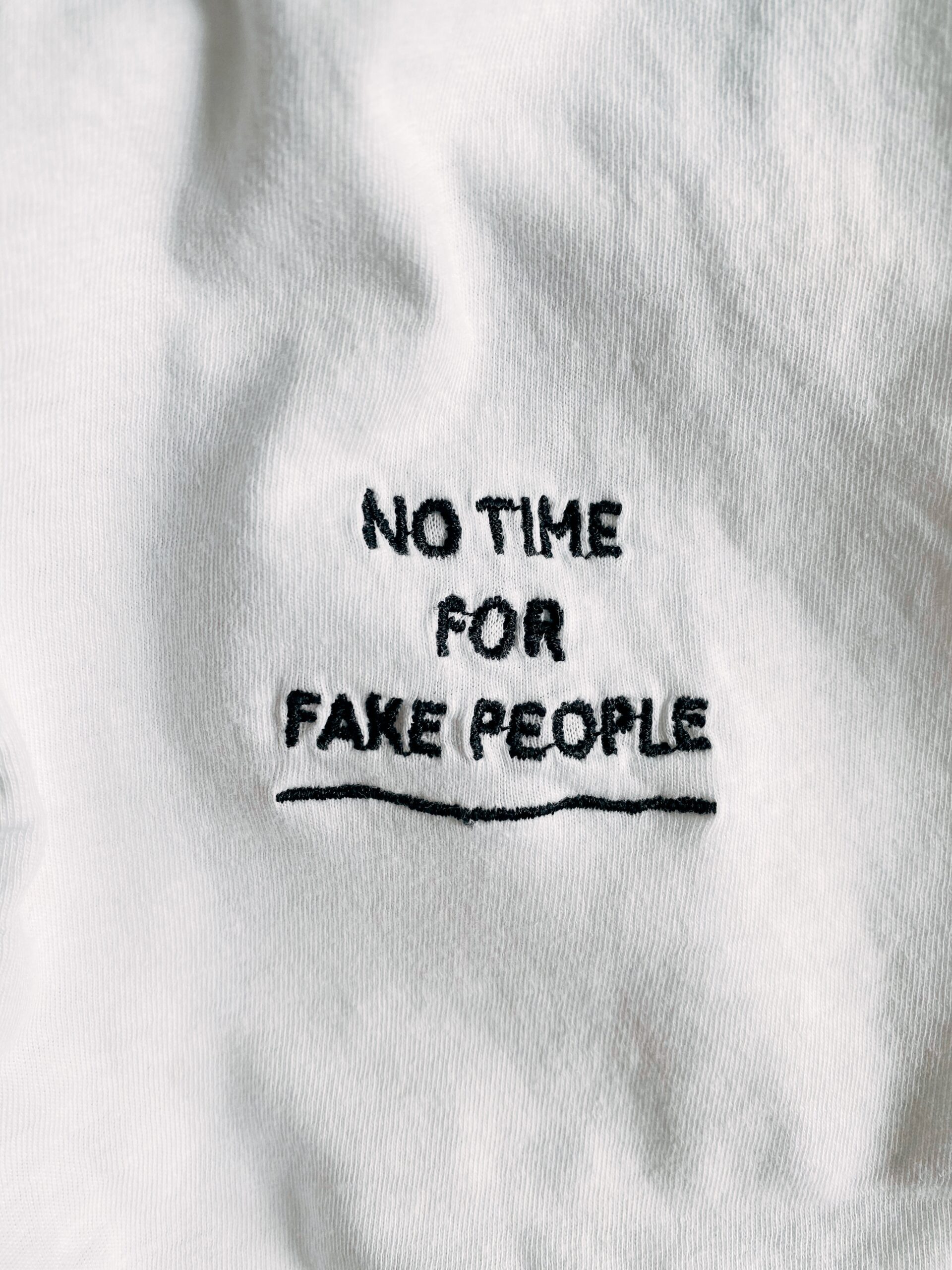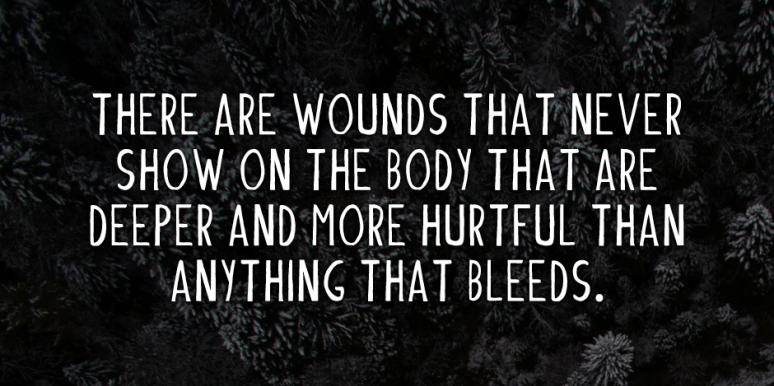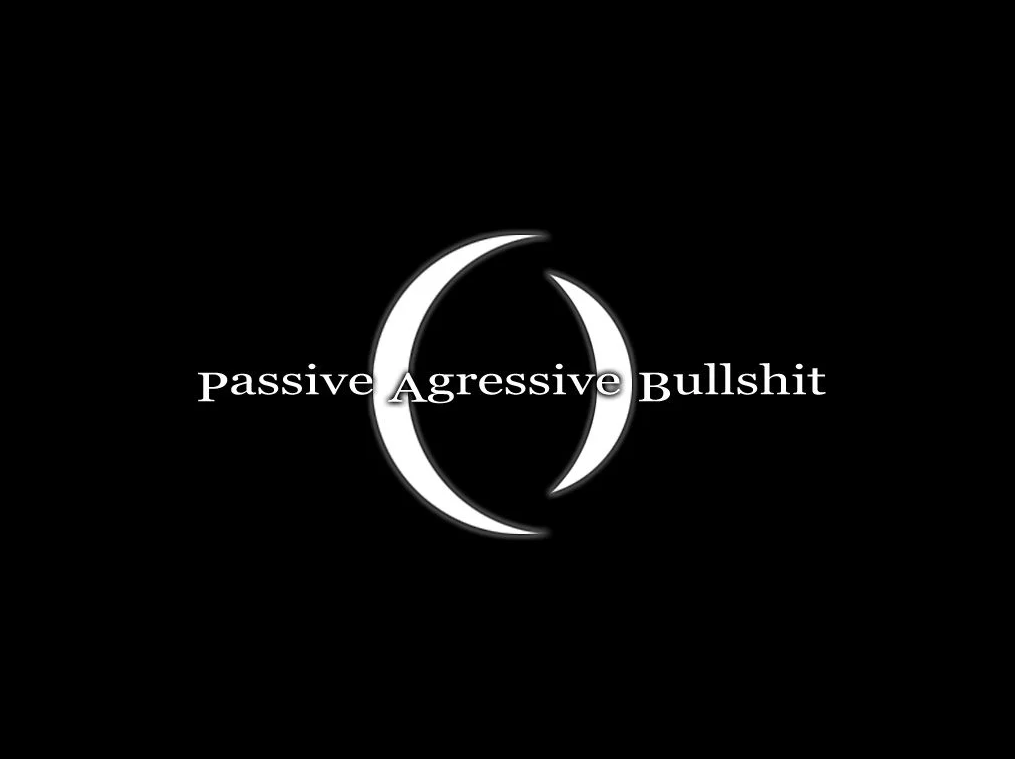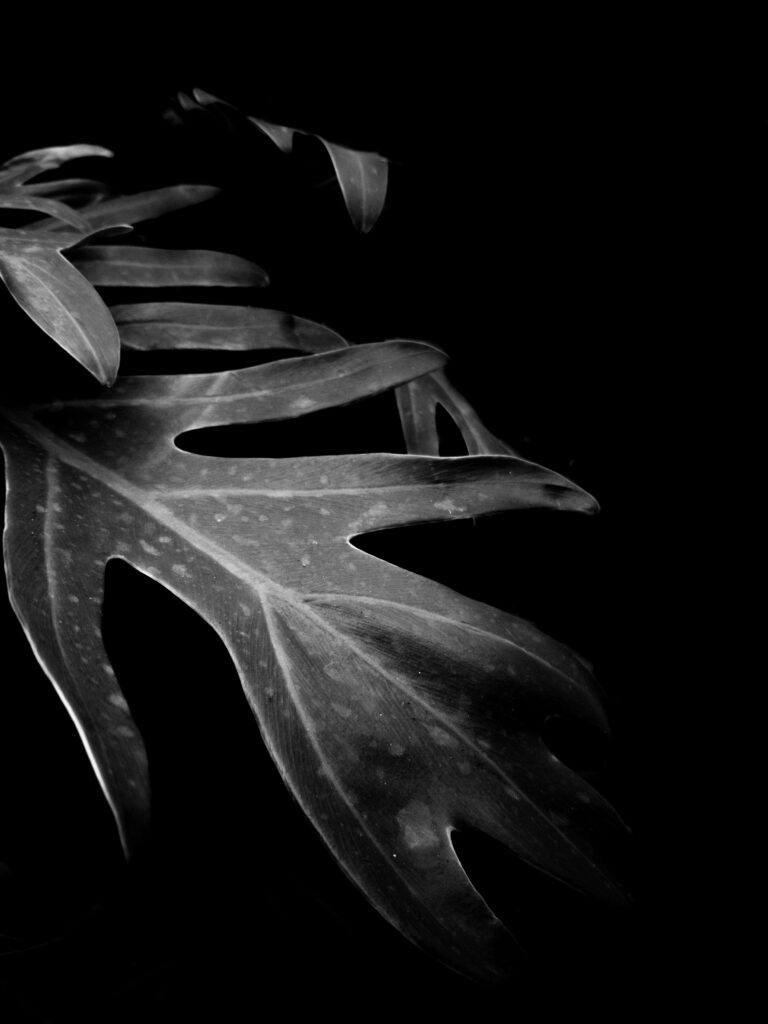addiction + rebirth
just be fine. be happy… they say.
25 years of survival mood.
He wants good – not evil.
I want what is good, not evil.
I want to choose and be in control.
I want to be able to react and take THE moment and set the trauma aside.
“Thanks trauma. For sharing. Not right now.”



अहिंसा
The ethical prohibition against harming any human beings or other living creatures (Ahimsa, अहिंसा), in Hindu traditions, can be traced to the Atman theory.[84]This precept against injuring any living being appears together with Atman theory in hymn 8.15.1 of Chandogya Upanishad (ca. 8th century BCE),[90] then becomes central in the texts of Hindu philosophy, entering the dharma codes of ancient Dharmasutrasand later era Manu-Smriti. Ahimsa theory is a natural corollary and consequence of “Atman is universal oneness, present in all living beings. Atman connects and prevades in everyone. Hurting or injuring another being is hurting the Atman, and thus one’s self that exists in another body”. This conceptual connection between one’s Atman, the universal, and Ahimsa starts in Isha Upanishad,[84] develops in the theories of the ancient scholar Yajnavalkya, and one which inspired Gandhi as he led non-violent movement against colonialism in early 20th century.[91][92]
यस्तु सर्वाणि भूतान्यात्मन्येवानुपश्यति । सर्वभूतेषु चात्मानं ततो न विजुगुप्सते ॥६॥
यस्मिन्सर्वाणि भूतान्यात्मैवाभूद्विजानतः । तत्र को मोहः कः शोक एकत्वमनुपश्यतः ॥७॥
स पर्यगाच्छुक्रमकायमव्रणम् अस्नाविरँ शुद्धमपापविद्धम् । कविर्मनीषी परिभूः स्वयम्भूःयाथातथ्यतोऽर्थान् व्यदधाच्छाश्वतीभ्यः समाभ्यः ॥८॥
And he who sees everything in his atman, and his atman in everything, does not seek to hide himself from that.
In whom all beings have become one with his own atman, what perplexity, what sorrow, is there when he sees this oneness?
He [the self] prevades all, resplendent, bodiless, woundless, without muscles, pure, untouched by evil; far-seeing, transcendent, self-being, disposing ends through perpetual ages.
—Isha Upanishad, Hymns 6-8,[91]







